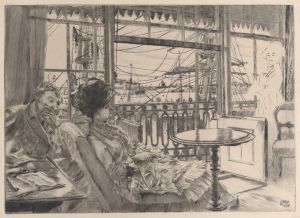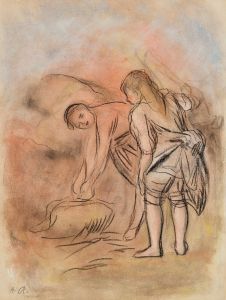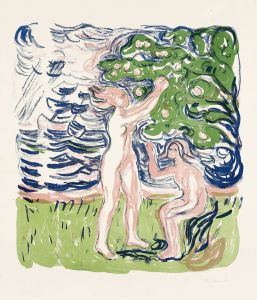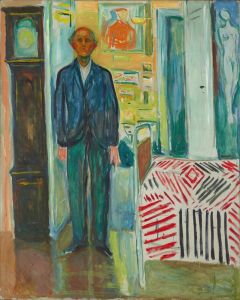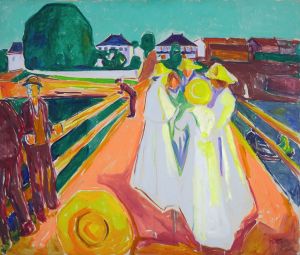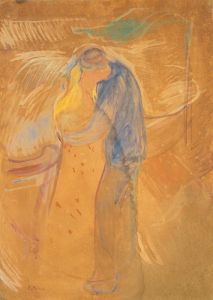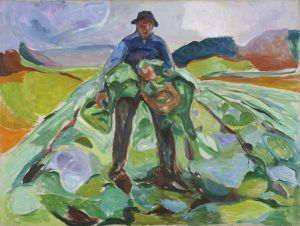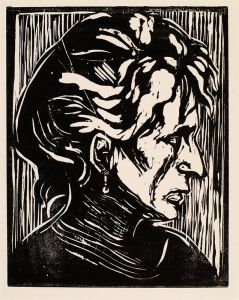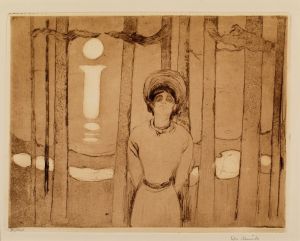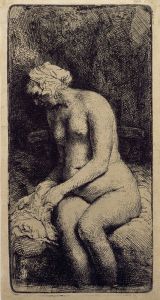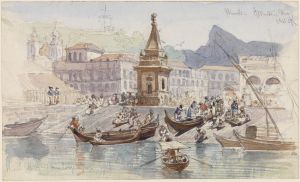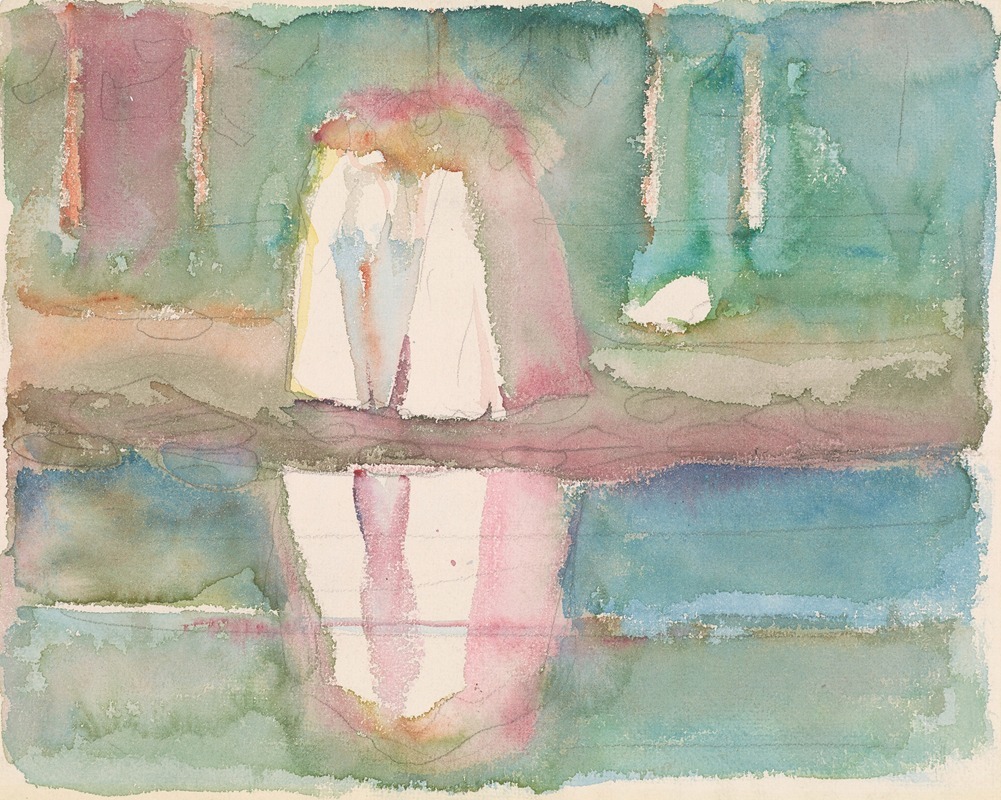
Kvinner på stranden, Åsgårdstrand
A hand-painted replica of Edvard Munch’s masterpiece Kvinner på stranden, Åsgårdstrand, meticulously crafted by professional artists to capture the true essence of the original. Each piece is created with museum-quality canvas and rare mineral pigments, carefully painted by experienced artists with delicate brushstrokes and rich, layered colors to perfectly recreate the texture of the original artwork. Unlike machine-printed reproductions, this hand-painted version brings the painting to life, infused with the artist’s emotions and skill in every stroke. Whether for personal collection or home decoration, it instantly elevates the artistic atmosphere of any space.
"Kvinner på stranden, Åsgårdstrand" (translated as "Women on the Beach, Åsgårdstrand") is a painting by the Norwegian artist Edvard Munch, one of the most prominent figures in modern art. Munch is best known for his emotionally charged and symbolist works, including his iconic painting The Scream. This particular artwork reflects Munch's deep connection to the coastal town of Åsgårdstrand, which held significant personal and artistic importance for him.
Åsgårdstrand, located along the Oslofjord in Norway, was a frequent summer retreat for Munch. He purchased a small house there in 1897, and the town became a recurring setting in many of his works. The serene yet melancholic atmosphere of Åsgårdstrand's beaches and landscapes inspired Munch to explore themes of love, longing, and existential reflection. "Kvinner på stranden, Åsgårdstrand" is one of several paintings that depict the town's shoreline and its inhabitants, often focusing on women as central figures.
The painting portrays a group of women standing on the beach, their forms rendered in Munch's characteristic style, which blends naturalism with expressive distortion. The figures are often interpreted as symbolic representations of different stages of life or emotional states, though the exact meaning of this work is not explicitly documented. The muted color palette and the interplay of light and shadow evoke a contemplative mood, consistent with Munch's exploration of human psychology and the passage of time.
Munch's works from this period often reflect his interest in Symbolism, a movement that sought to convey the emotional and spiritual dimensions of human experience. His use of simplified forms and bold outlines in "Kvinner på stranden, Åsgårdstrand" aligns with this approach, emphasizing the emotional resonance of the scene over strict realism.
The painting is part of Munch's broader body of work that frequently revisits themes of nature, human relationships, and existential angst. While specific details about the creation date and current location of "Kvinner på stranden, Åsgårdstrand" are not widely documented, it remains an example of Munch's ability to capture the interplay between the external world and inner emotions.
As with many of Munch's works, "Kvinner på stranden, Åsgårdstrand" invites viewers to reflect on their own experiences and emotions, making it a timeless piece that continues to resonate with audiences.





